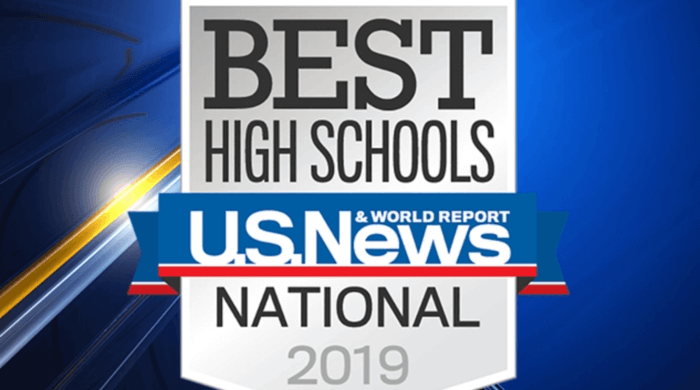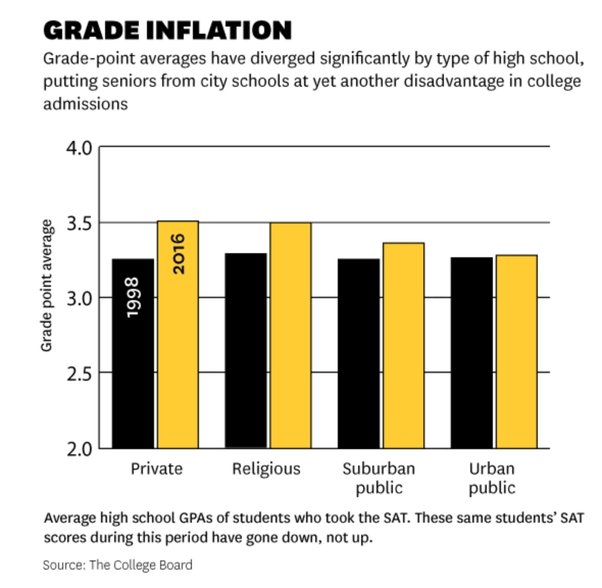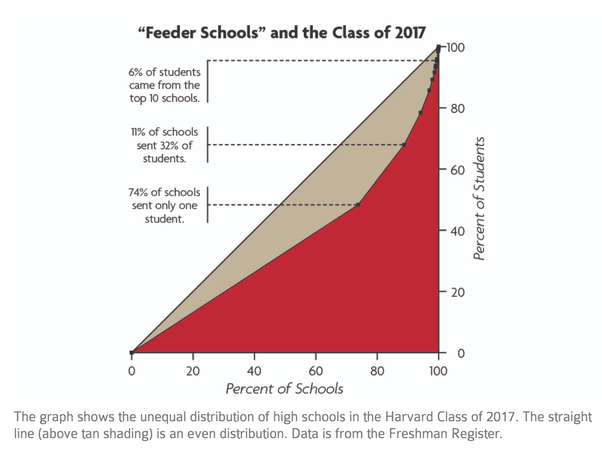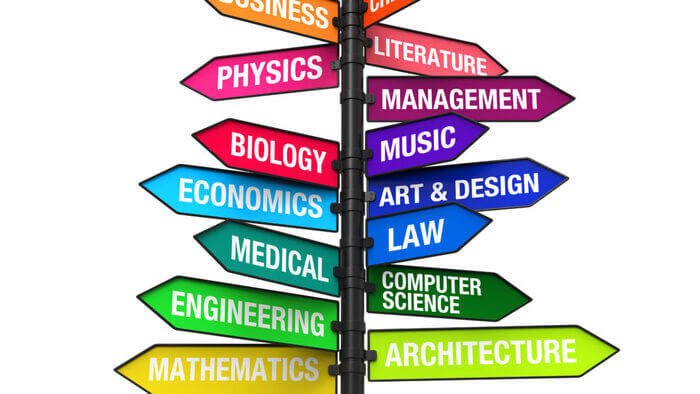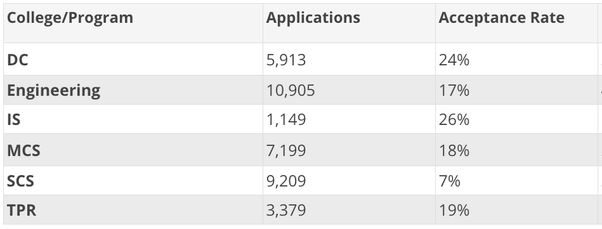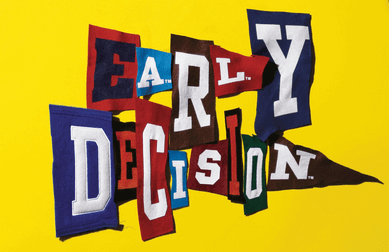
Contrary to what most admissions officers will tell you, the answer is a definitive YES.
Here are 4 data visualizations and a study which prove that applying early decision or early action makes it easier to get into your dream college.
1. Numbers don’t lie; Ivy League colleges have an almost 3x higher early acceptance rate than regular admission rate! Applying to Harvard early action, Yale early action, Princeton early action, Cornell early decision, UPenn early decision, Columbia early decision, Brown early decision, or Dartmouth early decision will increase your chances of acceptance.
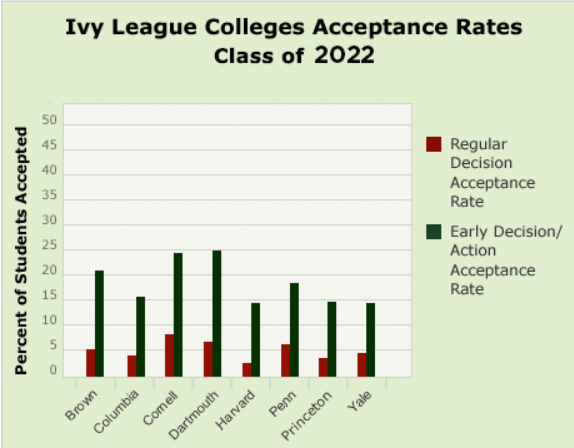
- On top of being relatively easier to get in, more overall students are being accepted early action and early decision by Ivy League schools. As the chart below shows, the overall number of spots being filled by early action and early decision applicants has increased almost every year for the past decade:

- This trend of higher early decision acceptance rates than regular decision acceptance rates holds for non-Ivies as well. Just to name a few shown below: Northwestern, Skidmore, Wellesley, Harvey Mudd, Carleton , Emory , and Williams :

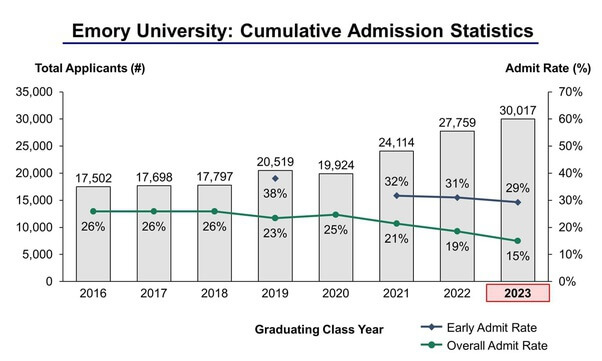

- As a result of confirming which students will enroll sooner in the process through early decision and early action, the Yield rate of colleges has steadily increased (https://blog.prepscholar.com/ivy-league-acceptance-rates). This is an incredibly important measure of a college’s prestige , as it measures the percentage of students accepted who choose to actually enroll.
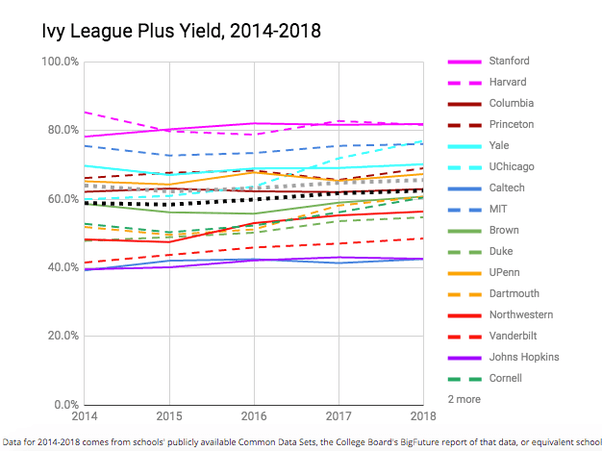
But why does applying early decision or early action make it easier to get accepted into a top college?
As Jed Applerouth, PhD in Educational Psychology, reports :
In a study undertaken by Avery, Fairbanks, and Zeckhauser…in their book The Early Admissions Game , the authors surveyed thousands of high school seniors, hundreds of thousands of applications, and five years of admissions records from more than a dozen colleges…Their conclusion was surprising:
“Colleges were much more likely to admit an early applicant than a regular applicant with the same qualifications.”
Why would colleges seem to reward students who apply early decision?...
[1] Typically, colleges can count on ED/EA students to be more enthusiastic about their first-choice school if accepted...
[ 2] Furthermore, colleges can manage their selectivity rates better through ED/EA, which in turn influences U.S. News & World Report rankings...
[3] [W]ith early decision, an acceptance is binding, which is of great benefit to the school..[A] student waives the right to shop financial aid packages, meaning that he will pay the full-tuition, or accept whatever financial aid his early decision school offers. This arrangement places much of the control in the college’s hands...


